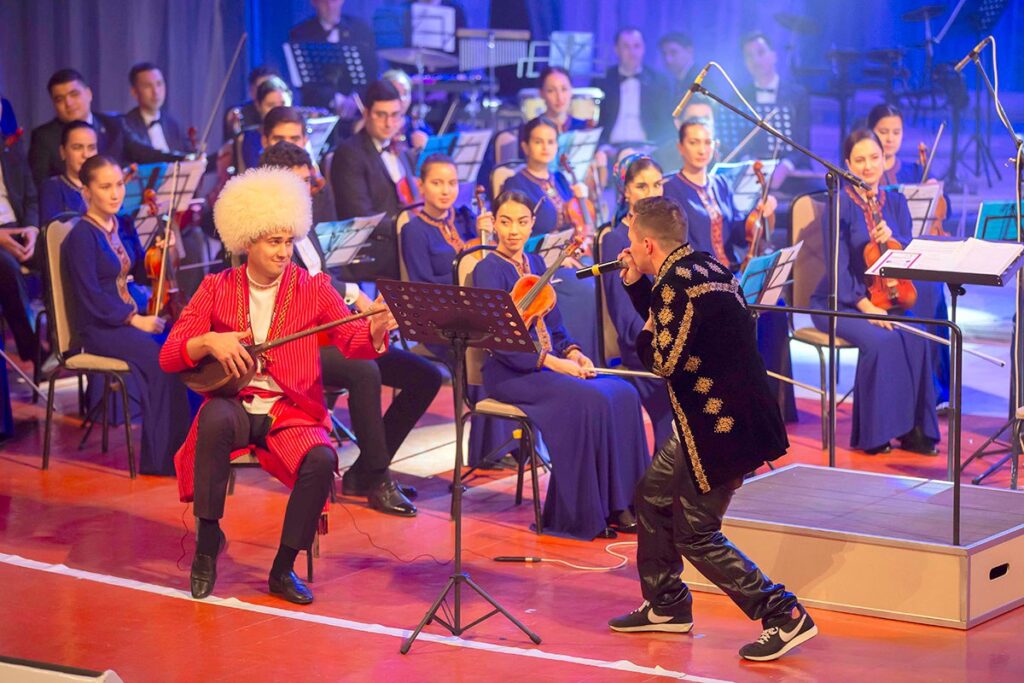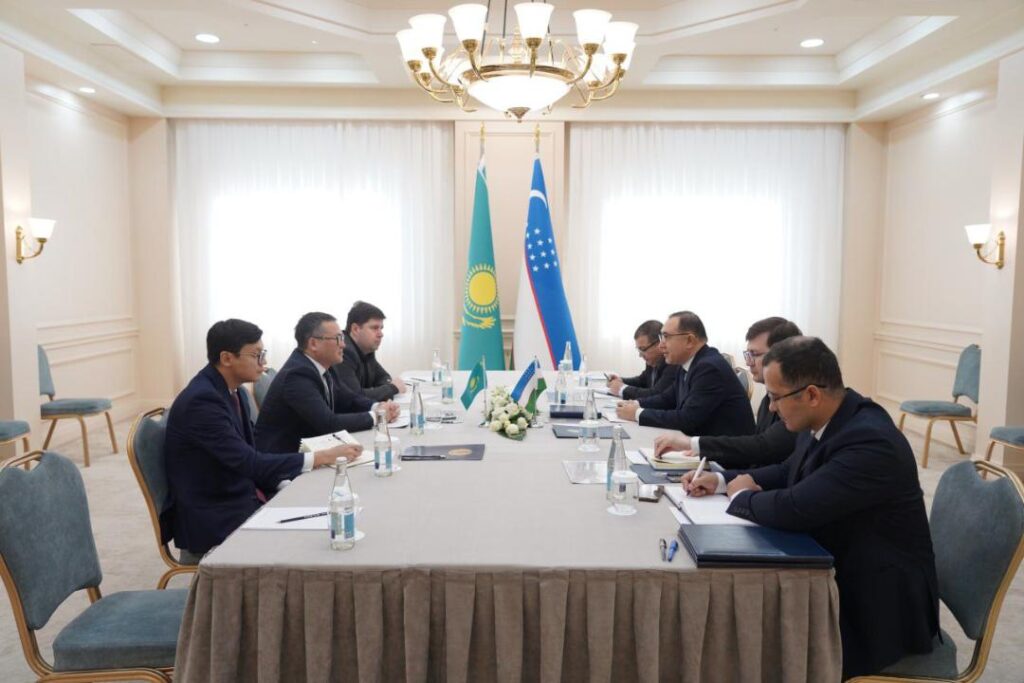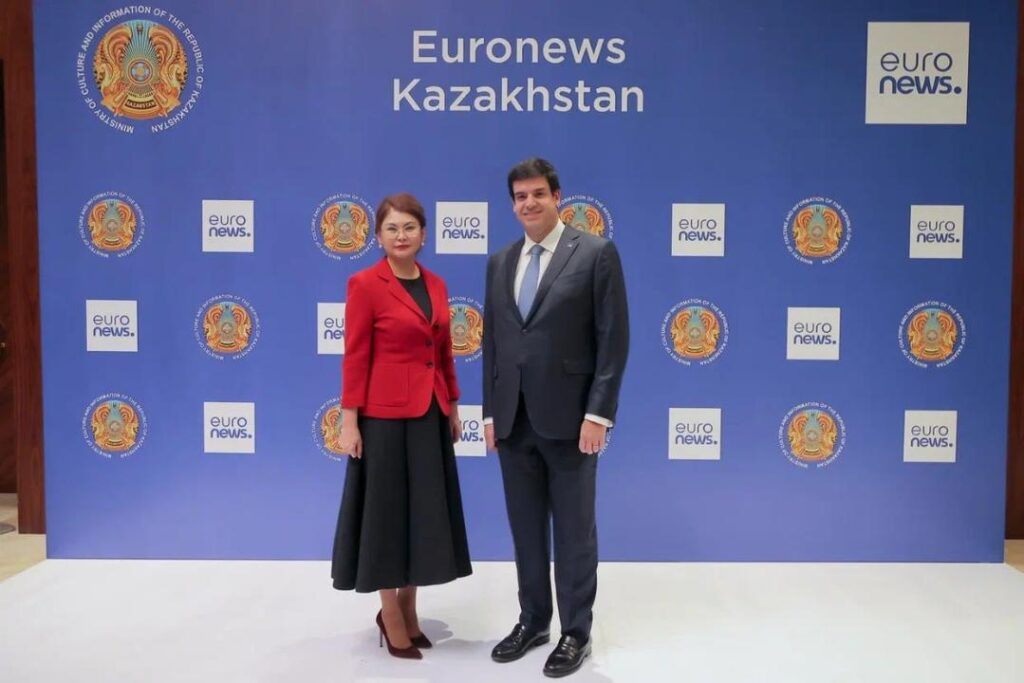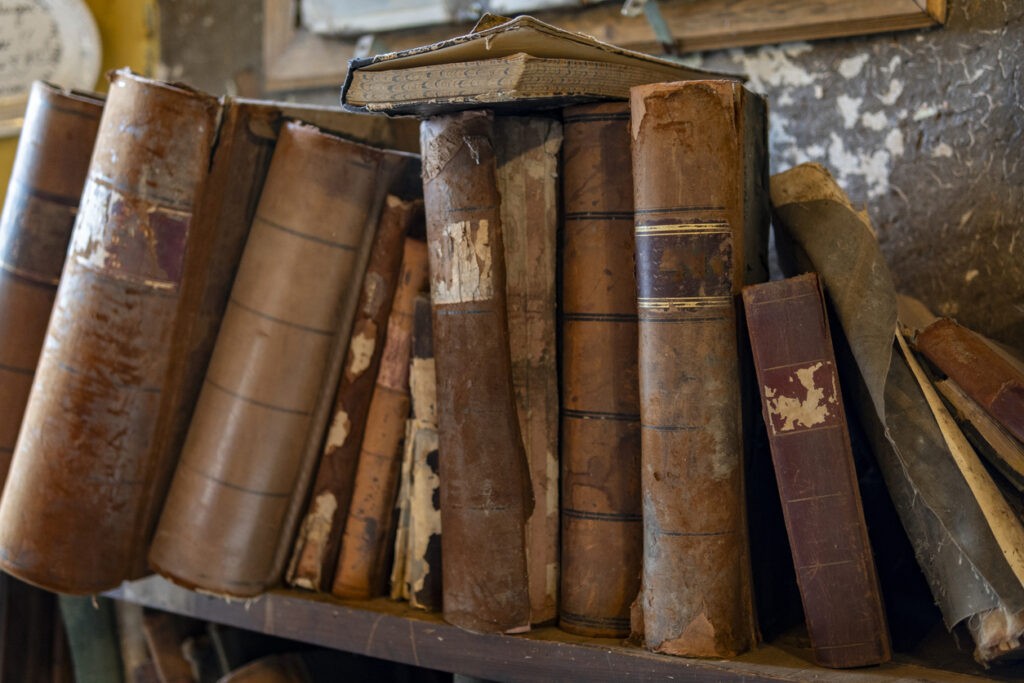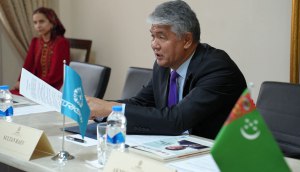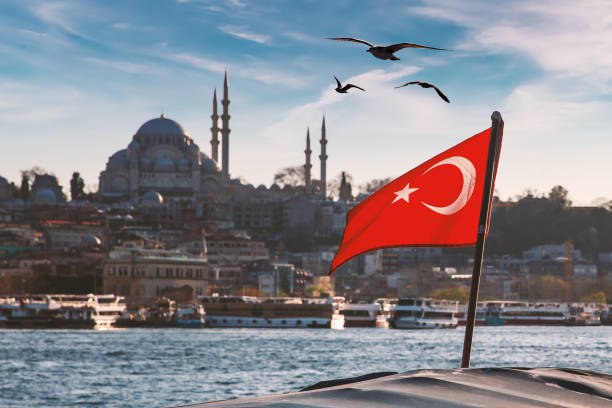American Musicians Celebrate the Dutar During Tour of Turkmenistan
The Turkmen dutar, a two-stringed lute, and symbol of the nation’s musical heritage, left a lasting impression on American artists visiting Turkmenistan on a recent tour. Musicians Keith Bass, Aaron Young, and Richard Steighner praised the uniqueness of Turkmenistan’s traditional music during their performances as part of the “Broadway and Beyond” concert series. The tour began with its first concert on January 16 at the Mukam Palace in Ashgabat. The American performers shared the stage with the State Symphony Orchestra of Turkmenistan, led by conductor Rasul Klychev, and soloists from the State Choir. The concert program featured a mix of popular Broadway melodies and innovative interpretations of the works of Makhtumkuli Fraghi, the national Turkmen poet. A standout moment of the evening was the performance of “I Want to Feel the Wind,” a song based on Makhtumkuli’s poetry and composed especially for the tour. Beatboxer Richard Steighner highlighted the creative synthesis of styles that emerged during the collaboration. “Blending my beatboxing with the soft yet rich sound of the dutar was an unforgettable experience,” Steighner said. “The beauty of Turkmen music is astounding, and the dutar was a true revelation for us. We even incorporated it into an original piece, creating a unique fusion of traditional melodies and modern trends.” Keith Bass, another member of the ensemble, emphasized the value of cultural exchange. “Working with Makhtumkuli’s works gave us an opportunity to view music through a new lens. Every concert here has become a platform for creative experimentation,” Bass said. U.S. Ambassador to Turkmenistan Elizabeth Rood, who attended the Ashgabat performance, highlighted the role of cultural events in fostering international understanding. “Music and culture are bridges that unite people. We will continue to support projects that preserve cultural heritage and serve as symbols of friendship and trust,” Rood said. Following the debut in Ashgabat, the “Broadway and Beyond” series will continue with performances in Turkmenbashi, Balkanabad, and Dashoguz.
